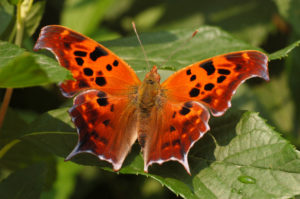 Spring seems to be a season of enticement and denial. Our expectations for warmth barely met, with better weather always around the corner. At least for activities involving relaxation- if exertion is required, the cool weather we’ve experienced recently is just fine. Trees and other plants are similarly being teased, by just enough warmth to encourage very slow growth and flowering, but not enough to move things along quickly. Its not bad at all, as it allows us to savor the mid-spring blossom time.
Spring seems to be a season of enticement and denial. Our expectations for warmth barely met, with better weather always around the corner. At least for activities involving relaxation- if exertion is required, the cool weather we’ve experienced recently is just fine. Trees and other plants are similarly being teased, by just enough warmth to encourage very slow growth and flowering, but not enough to move things along quickly. Its not bad at all, as it allows us to savor the mid-spring blossom time.Plants beginning to bloom represent a very important time in nature’s calendar. The development and movement of insects which depend on pollen and nectar, and the birds which depend upon those insects, involves those flowers and is timed around their bloom. In the last couple of weeks, some trees and other wild flowers have begun to blossom, and those first flowers are magnets for early insect pollinators.
We’re excited to see pussy willows start to bloom in March, when, other than skunk cabbage, little is blooming. Now, their catkins droop on the branches, covered with pollen. This is one of the first food resources available to insects, and their presence might ensure survival of early emerging bumblebees. For this reason, flowers we consider pests such as creeping charlie and dandelion may be important foods for a variety of native insects like bumblebees, fresh out of their winter burrows. In my yard, where both grow unabated (fortunately I’m separated from neighbor’s lawns), many of the lawn flowers have various bees, wasps, flies, and even ants visiting them and distributing pollen. My lawn management strategy is to avoid pesticide treatment, and mow as high as the mower allows.
The first tree to flower in my yard was a Nanking cherry- a foreign plant but not invasive. Unfortunately, it also has not borne fruit either, but it produces large numbers of flowers which were again covered with hundreds of pollinators, including honeybees from a hive at an unknown location. In addition to the bees, wasps and flies, four species of butterflies were already active- mourning cloaks and question marks, which can overwinter in sheltered places as adults, and migratory cabbage whites and painted ladies, fresh from someplace a little warmer. The energetic interactions between hundreds of insects and thousands of flowers on one tree was remarkable, and made me pause my yard work. They were working much harder than I, and this miraculous spring emergence was joyful to watch.
Its fine by me if the blossoms hang on the trees a little longer as we wait for serious warmth in the air. Early flowers, and all that go with them, will keep my interest for a long time.
Photo- Question Mark butterfly taken by Derek Ramsey from Wikipedia
